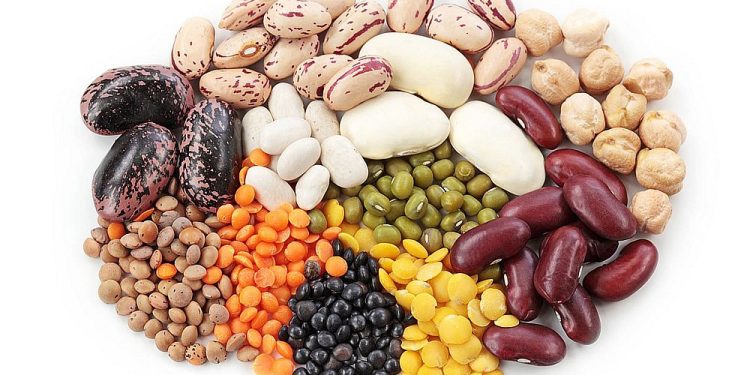#peanuts#sustainability#legumecrop#climate-smartagriculture#regenerativeagriculture#reducedtillage#soilfertility#zero-wastecrop# greenhousegas#emissions#waterfootprint
When you think of peanuts, you might picture them as a snack or sandwich spread, but they are actually a sustainable plant powerhouse. Peanuts are a legume crop that promotes soil fertility while producing a flavorful, protein-rich crop. They require minimal resources compared to other nuts, add up to 250 pounds of nitrogen per acre, and are naturally resistant to pests and diseases. Moreover, every part of the peanut plant is used in the growing process or consumer products. Growing peanuts is an excellent example of climate-smart or regenerative agriculture that supports reduced tillage, increases diversity, and keeps carbon in the ground.
According to the Peanut Institute, many farmers rotate their cotton and corn crops with peanuts to replenish the soil because of peanuts’ nitrogen-fixing ability. Peanuts enrich the earth with nitrogen, a key nutrient for growing fruits, vegetables, and other nutrient-intensive crops. While most crops deplete the soil of nitrogen, peanuts replenish nitrogen, fostering nutrient-rich loam. Peanuts naturally require less fertilizer to grow an abundant crop, which helps reduce agricultural inputs and greenhouse gas emissions from production.
Moreover, peanuts are truly a “zero-waste” crop, as every part of the plant is utilized in the growing process or consumer products. For instance, pelletized peanuts made from peanut hulls are used for animal feed and fuel. Peanut “hay” from discarded plant vines can be incorporated back into the soil as green manure or given to livestock as feed. Additionally, biodiesel to power vehicles is produced from used or discarded peanut oil, and peanut skins have uses for their antioxidant and polyphenol-rich properties.
Growing peanuts is an excellent example of climate-smart or regenerative agriculture that supports reduced tillage, increases diversity, and keeps carbon in the ground. For instance, rotating peanuts as a cover crop can support reduced tillage, increase diversity, keep soil covered and carbon in the ground. What’s more, the water needed to produce peanuts is another sustainability win for the little legume. Peanuts have the lightest water footprint of any nut grown in the US, according to the National Peanut Board. Because they are grown in the southeast regions of the US and have the benefit of plentiful rain, they require fewer gallons of water to produce 1 ounce of shelled nuts.
In conclusion, peanuts are an underrated sustainable plant powerhouse that plays a big role in supporting soil fertility, reducing agricultural inputs and greenhouse gas emissions, and promoting climate-smart or regenerative agriculture. Peanuts are a zero-waste crop, and every part of the plant is utilized in the growing process or consumer products. Therefore, growing peanuts is an excellent example of sustainability in agriculture.
































